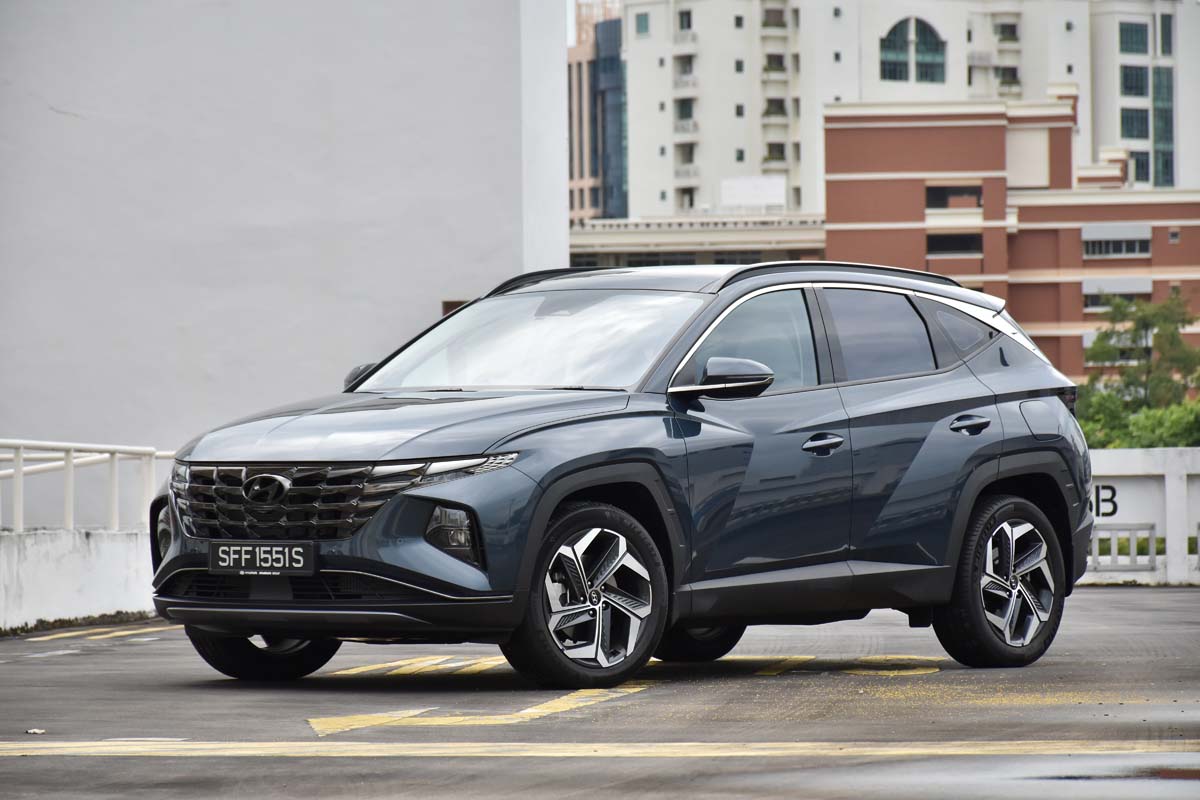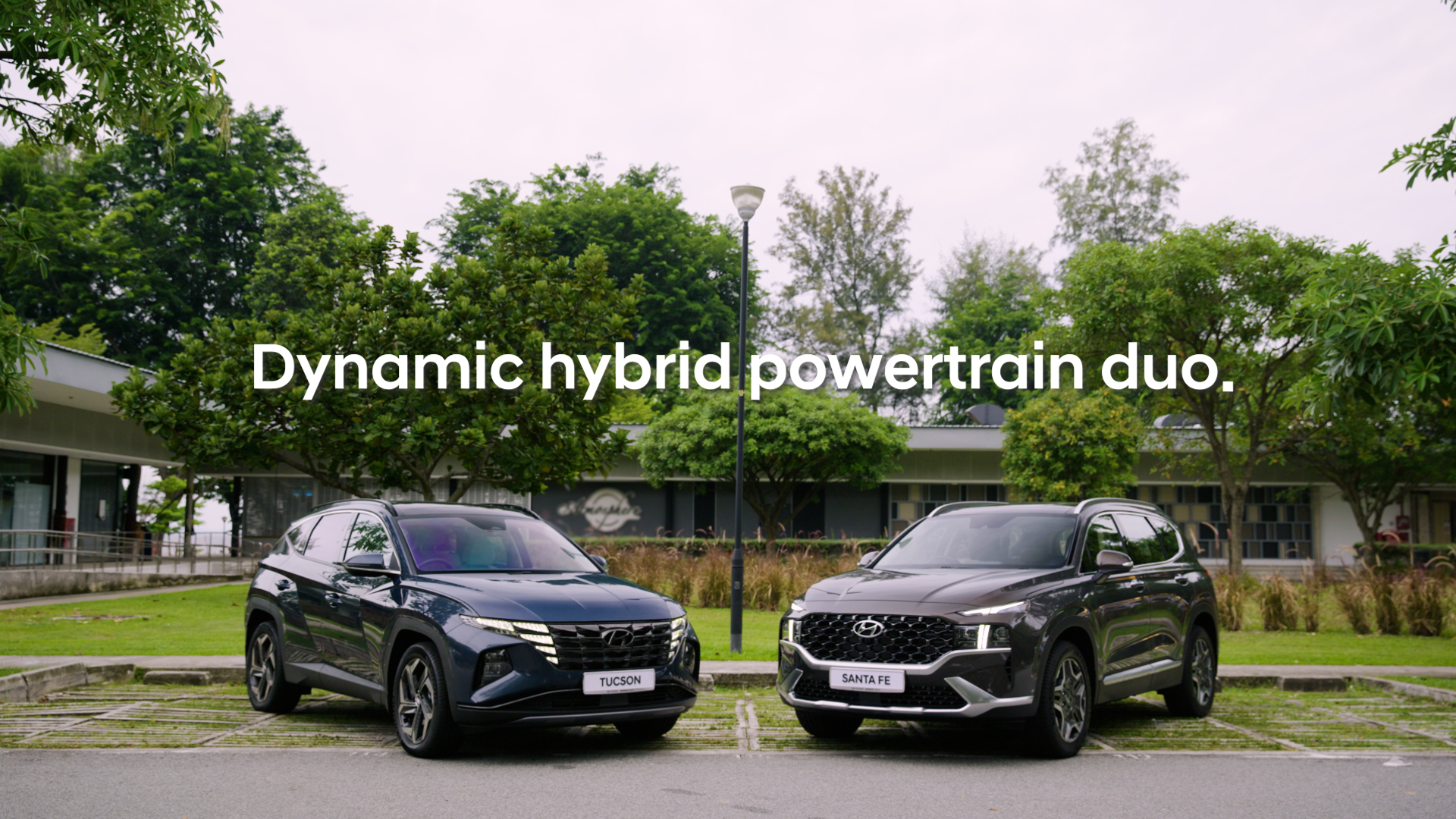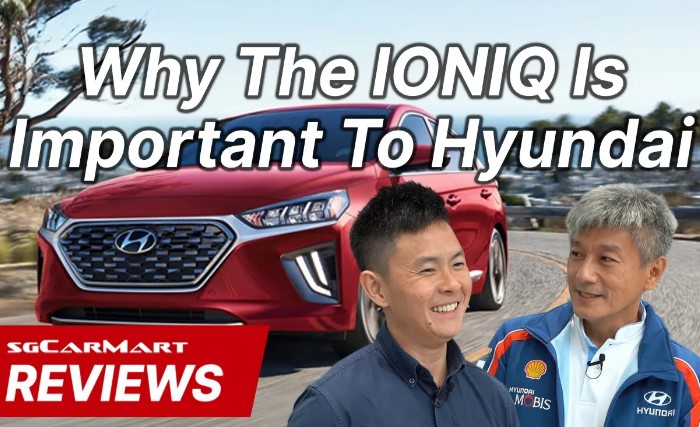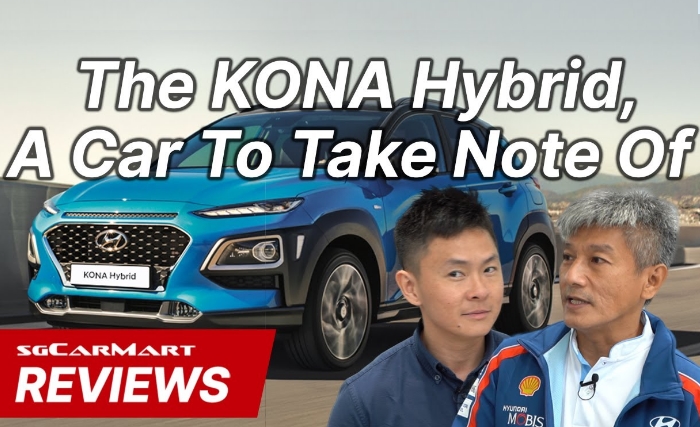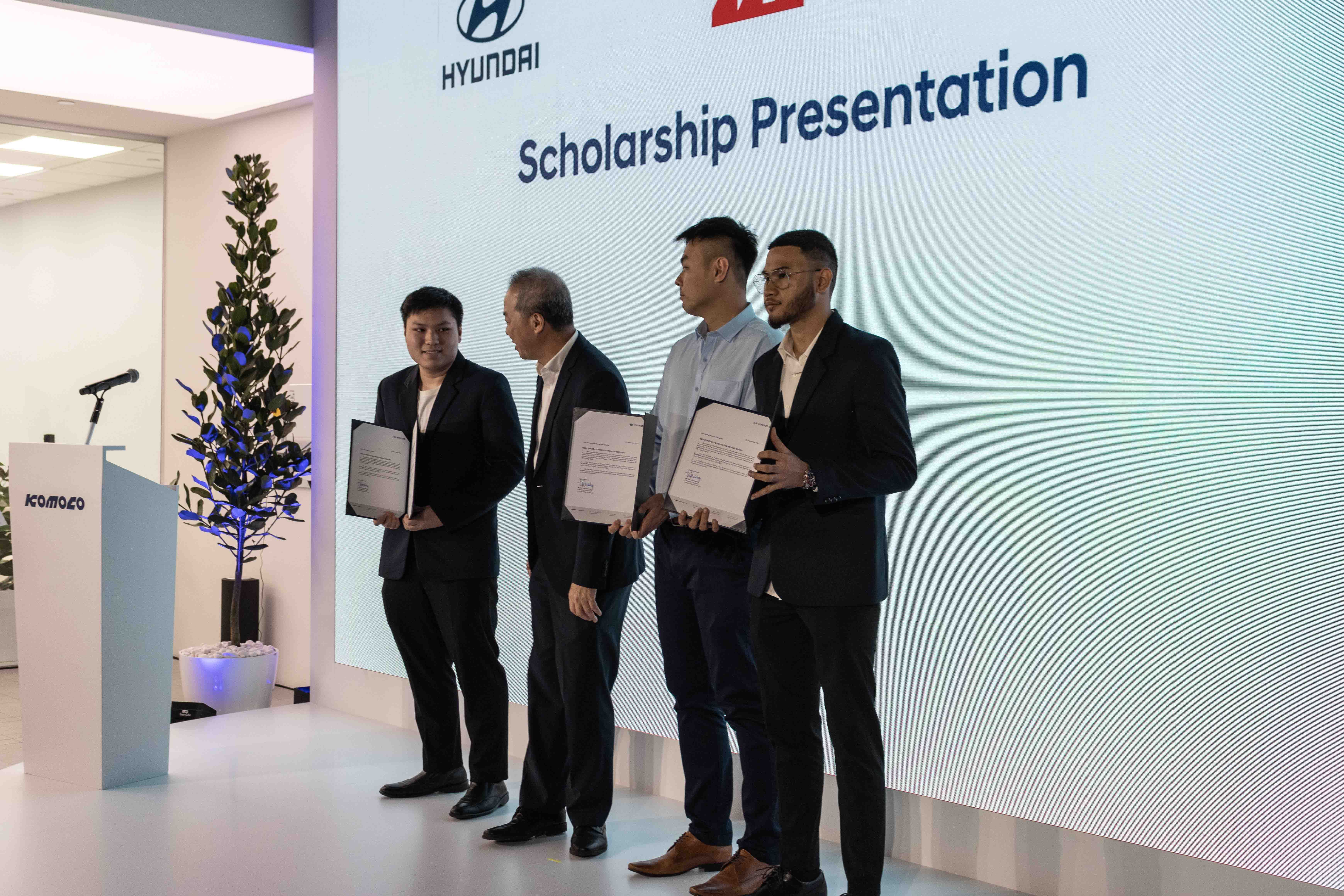SINGAPORE
Before we get carried away with the review, here’s a reminder: the Tucson is pronounced as ‘too-sohn’, and not ‘tuck-sun’. It’s a Spanish word, and the name of a city in Arizona. The Hyundai Tucson is a car that has consistently been a top seller for the brand since the first-generation model in 2004. The all-new fourth-gen car has just landed in Singapore, and it’s available with two powertrain variants: a base-model with a 1.6-litre turbo engine, and a petrol-electric hybrid.

The Tucson has moved up the scale quite a bit since 2004, and the 2021 model is really quite a premium, quasi-luxury SUV in the same vein as the Toyota Harrier. The design language is taken straight from the same book as the current Hyundai Avante. When buffed up into a crossover SUV form it actually looks pretty impressive in that edgy but not too overdone way.
Design and Appearance
There are design highlights all around the car, and as we know how these trends go, they’ll soon be sprouting up on every other mainstream car, not to mention along every street too, if the Tucson continues its current sales trajectory in Singapore.
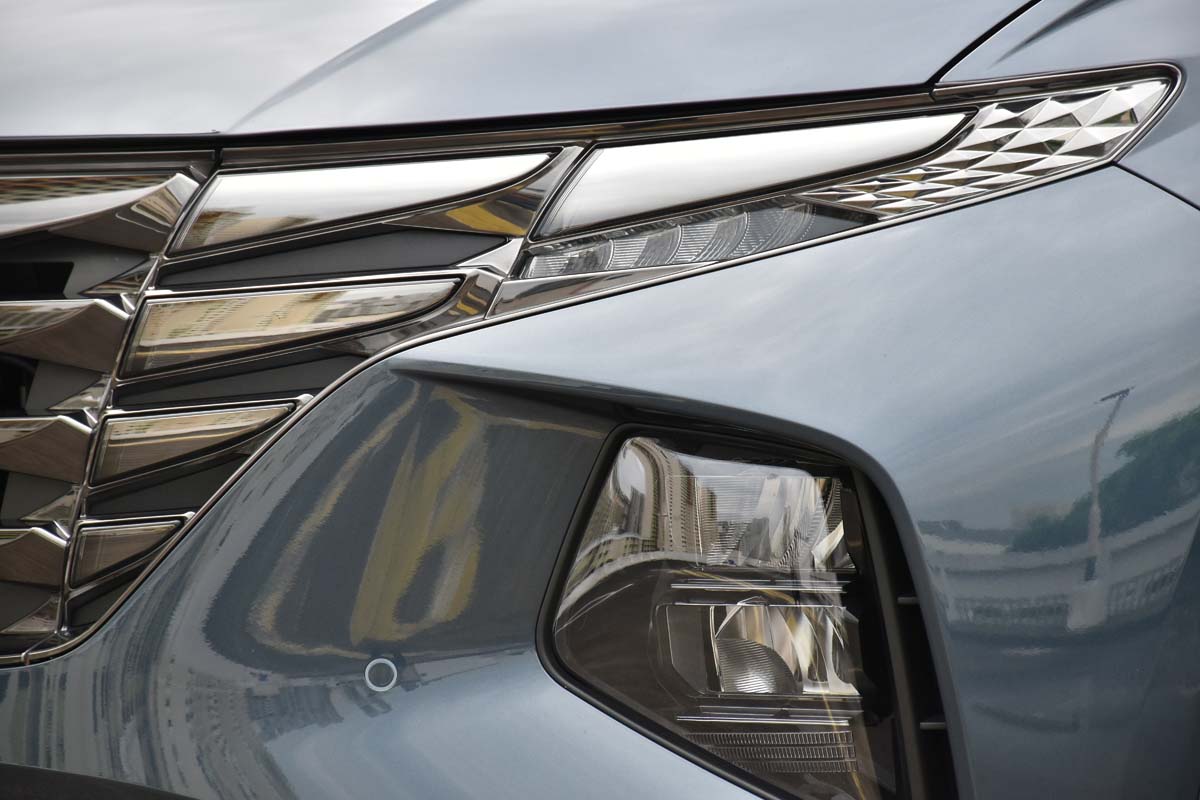
The Tucson Hybrid gets a black chrome front intake grille with ‘hidden’ LED daytime running light assemblies blended into the sides of the grille. The regular projector beams are still housed at the sides of the front bumper, but all together does make for a very distinctive front end when the lights are turned on.
The sides get the same angular, creased and sculpted look of the Avante. From certain angles it almost looks like the car is painted with different colour tones because of the way light reflects off the different surfaces, and as with the Avante it does look very handsome.
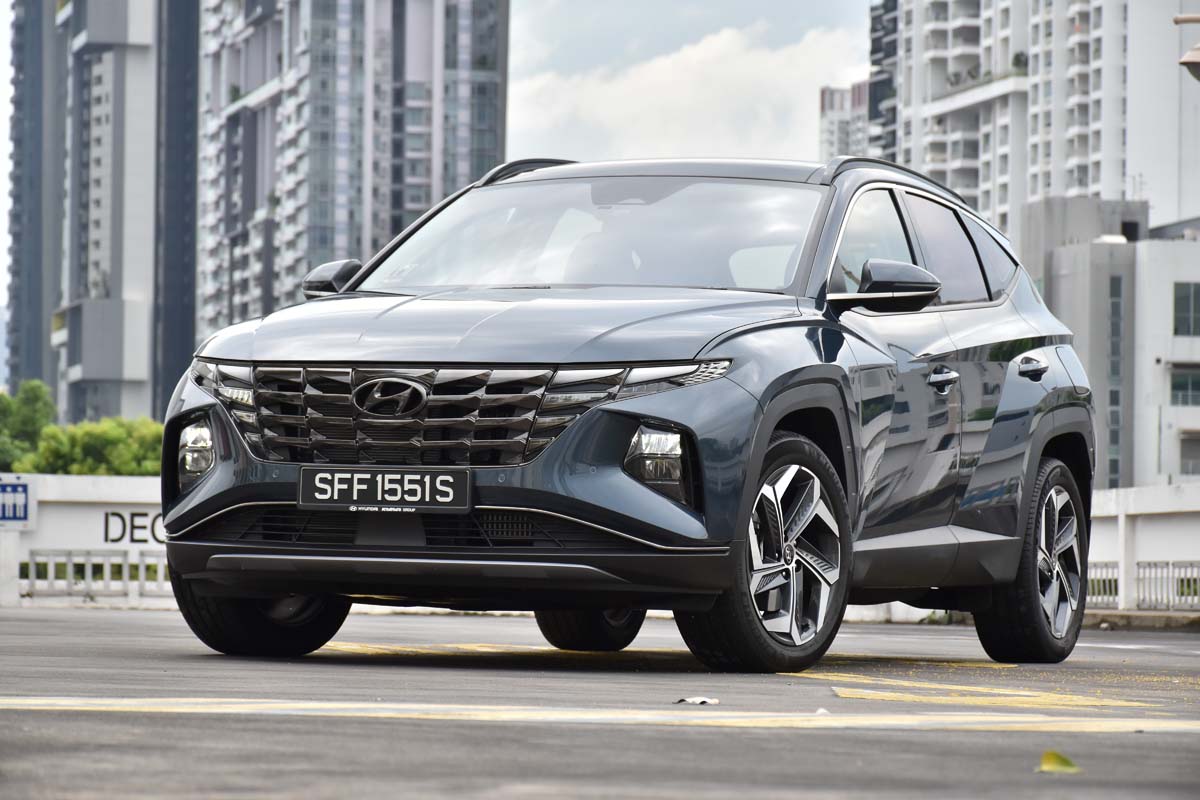
The rear end also gets some very clever design touches alongside the full-width taillight bar pioneered by the Avante. The Hyundai emblem is situated within the rear window rather than on the body panel, and the rear window wiper is cleverly tucked away under the rear spoiler.
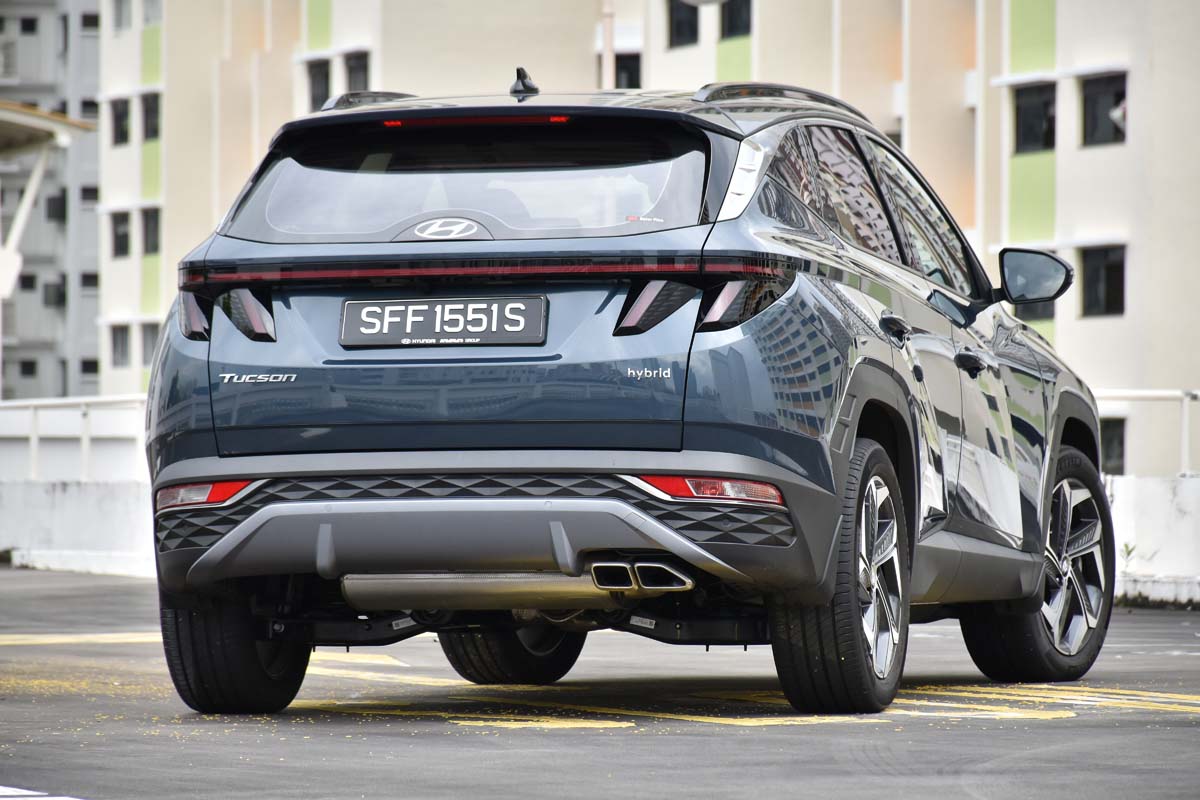
Interior and Features
Hyundai interiors have improved markedly over the last decade. While it’s definitely not comparable to something like a BMW X5, it also doesn’t feel like some kind of budget car cabin tarted up to look expensive. There’s a real sense of solidity to all the surfaces and textures in the car, and soundproofing is very good.
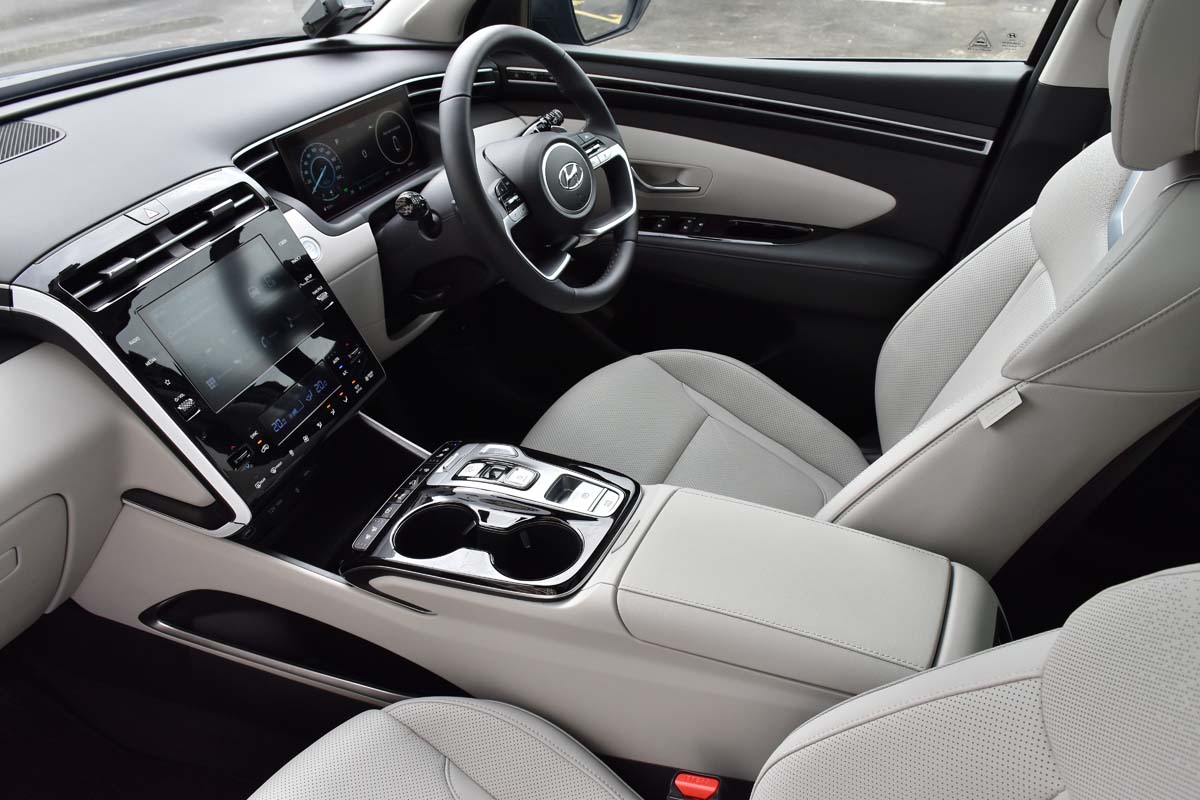
Everything opens and closes with precision, the layout is not overly cluttered, and the Hybrid gets ventilated front seats as well for a very comfortable drive.
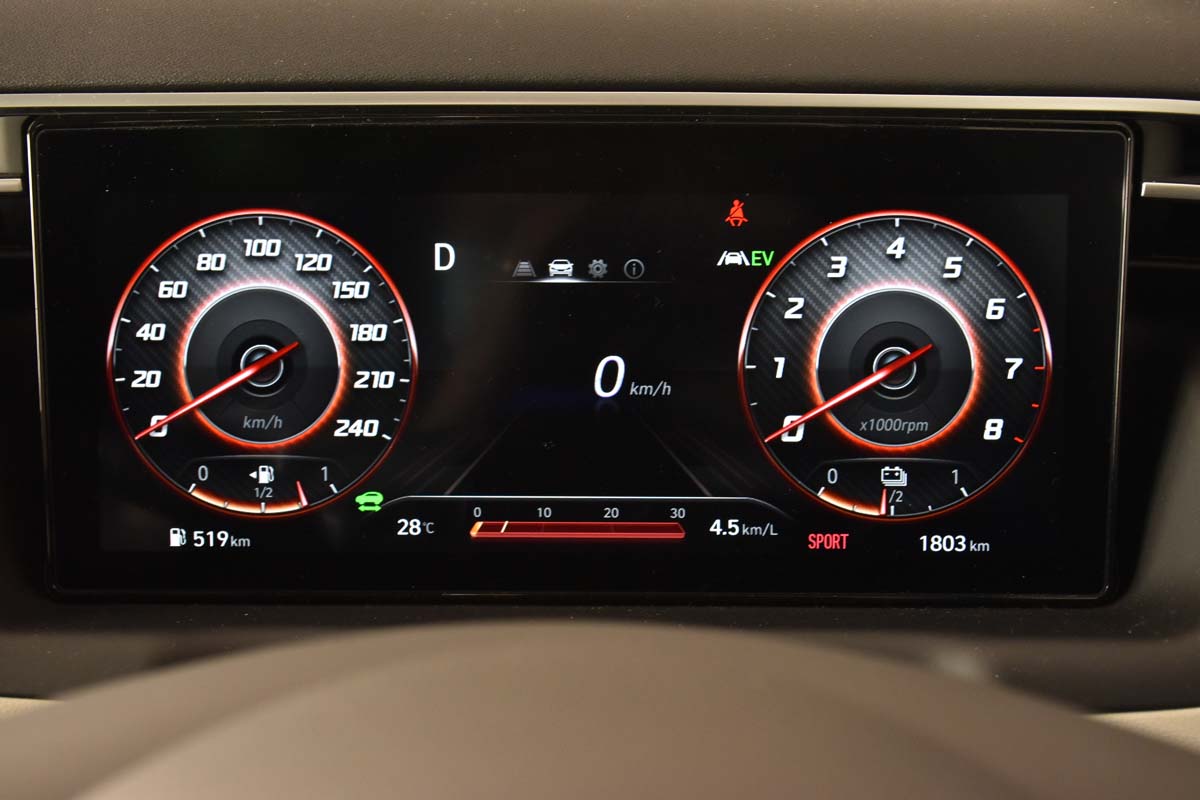
Overhead there’s a full-length panoramic sunroof for a really posh vibe. An interesting point about the Tucson’s instrument cluster is not only is it a completely digital screen, but also doesn’t have a shade over it to protect from sun glare. Hyundai’s designers claim that a new anti-glare screen surface has eliminated the need for the shade, allowing them to present a tidier, sleeker dashboard design. We have to say that it works. The dials remain easy to read no matter which way the sun is shining into the car.
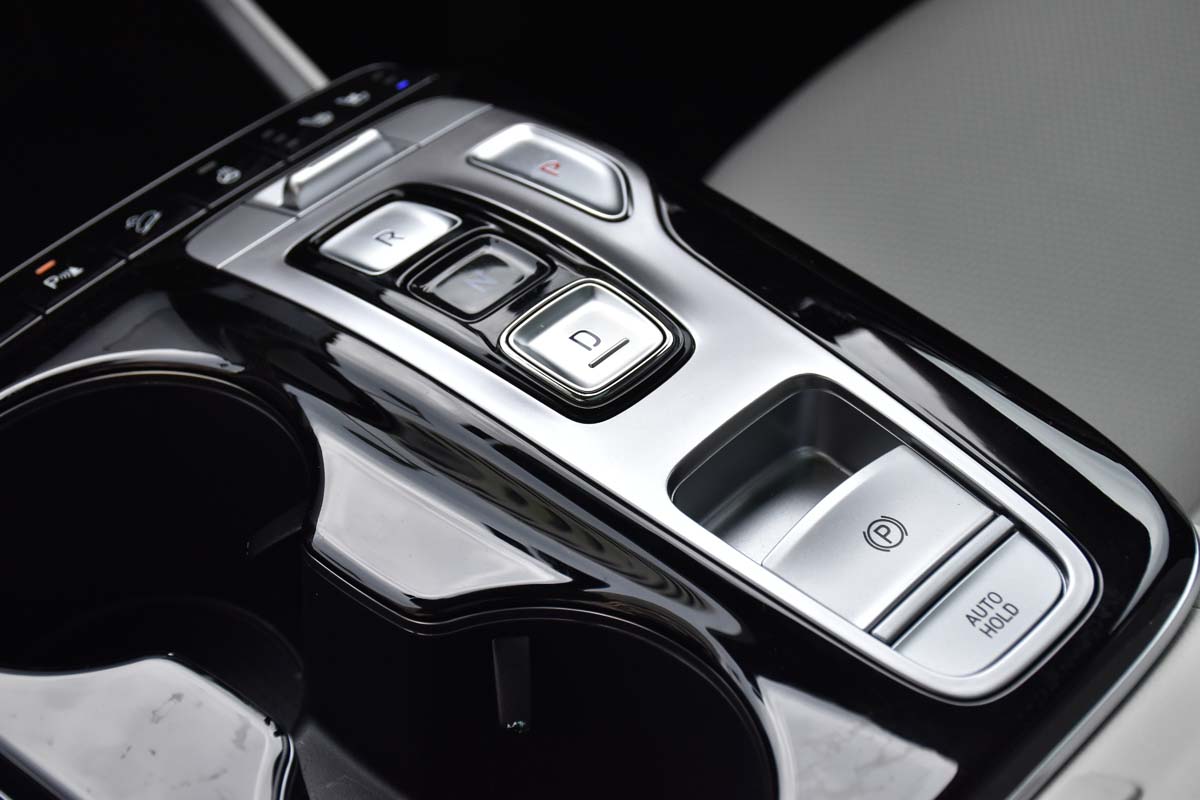
You get a wireless mobile phone charging dock, and by now pretty standard Apple CarPlay and AndroidAuto connectivity too.
The back seats have plenty of headroom though legroom is quite average for a car of this size. The hybrids’ version is the only one that splits into three fold-down segments for through loading from the boot. The base model only splits into two, with a 6:4 divide. Maximum cargo capacity with the seats folded is 1,799 litres.
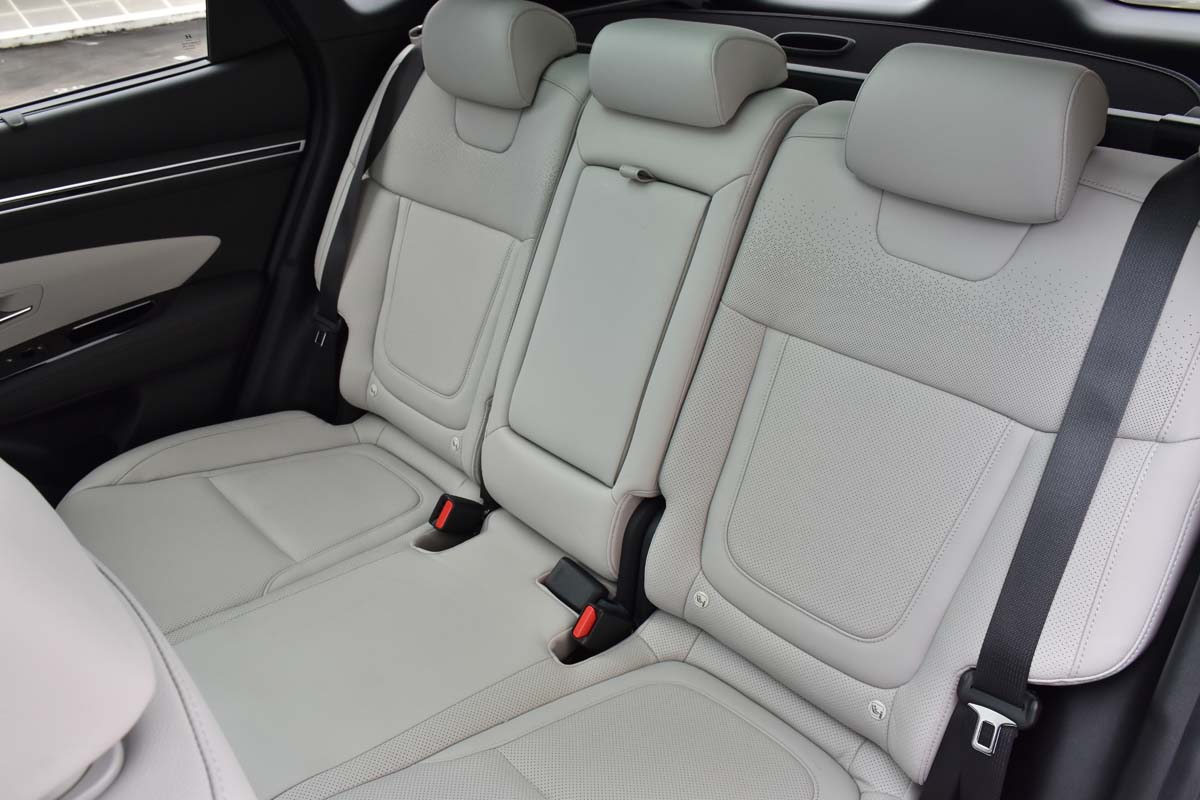
Safety, Space and Practicality
The current crop of Hyundais are all jam-packed with active safety features and the Tucson Hybrid is more of the same. Blind spot monitoring, collision avoidance assist, lane keeping assist, rear cross traffic alert and adaptive cruise control are all standard fit. It is very well-specced for a mainstream, non-luxury car.
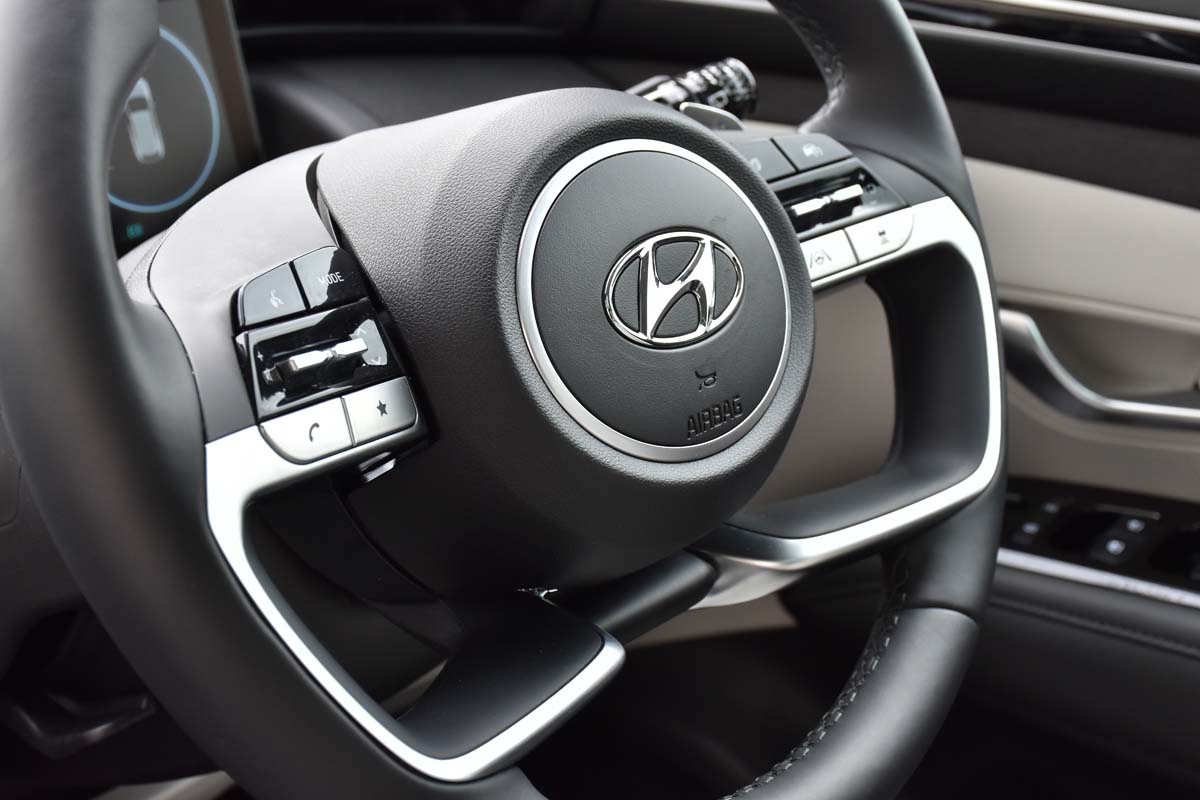
The adaptive cruise control deserves special mention because it’s one of the best we’ve used to date, even when compared with the continental marques. On a long highway drive, even in moderate traffic conditions, we had the car drive itself around 80 percent of the time. A very informative graphic on the dashboard shows you that the Tucson is tracking the car ahead and the safety distance preset as selected by the driver. That way you’ll confidently know that the car isn’t just rolling along blindly. If the car directly ahead comes to a stop, the Tucson will stop accurately and smoothly behind it too.

You do have to watch for motorcyclists unpredictable cutting into your lane, but the car’s sensors are so good that in normal conditions your passengers will never realise that the car is driving itself.As the driver you just have to steer and set the suitable speed and safety gaps with the buttons on the right spoke of the steering wheel.

It’s a pretty big car 4,500mm in length, but doesn’t feel that way while in motion. It’s only while parking that the dimensions of the vehicle become apparent. In other words, it’s easier to drive on the road than its size suggests.
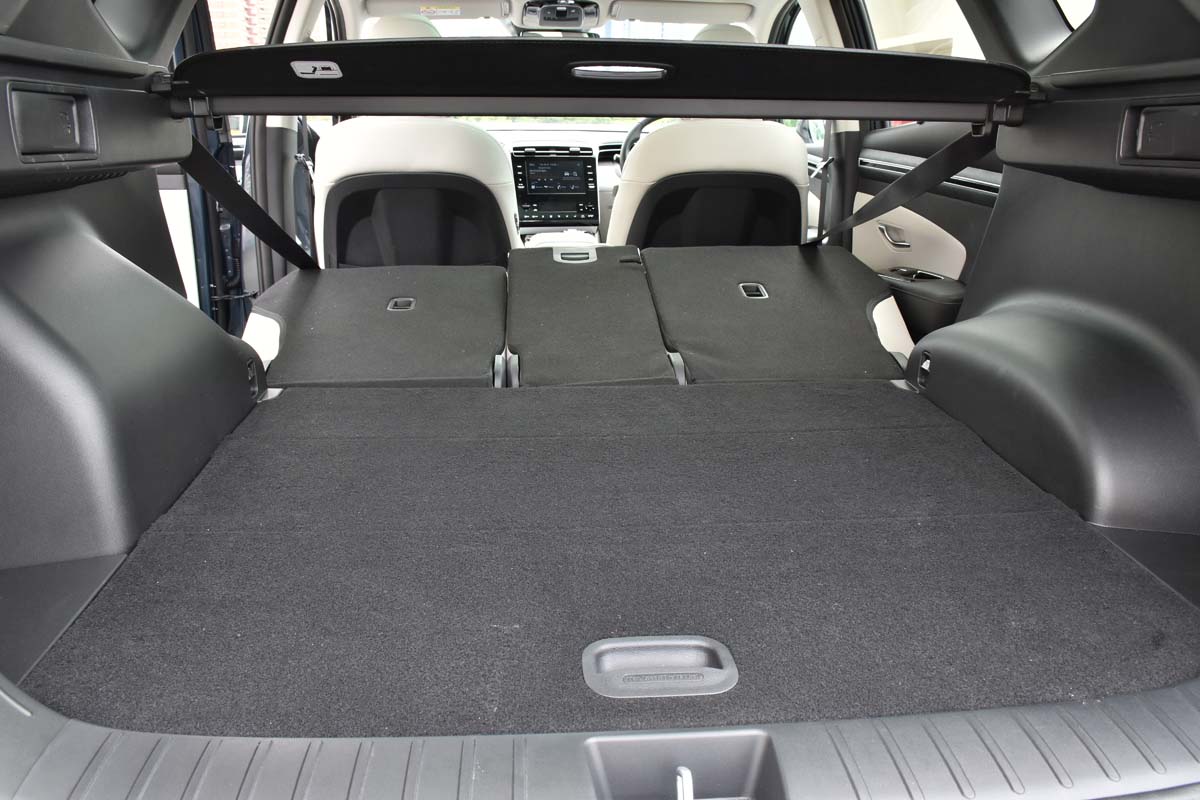
Five occupants will fit easily, and an interesting bit of information is that the turbo petrol Tucson has a 2,755mm wheelbase against the shorter 2,680mm of the hybrid’s. It’s quite a significant difference, but at this time we haven’t driven the turbo petrol variant yet so can’t make a direct comparison.

Driving Experience
Drivers expecting the Tucson Hybrid to handle like a sack of potatoes will be in for a big surprise. It’s actually a punchy, quick, dynamic car. The drive mode selector only offers up sport and eco modes, so toggling between the two throttle maps is just one toggle press either way. Turn-in is a little soft, but once the car settles into a steady cornering stance it tracks very accurately. It’s even more dynamically balanced than Hyundai’s own Avante, which has a much softer suspension setup.
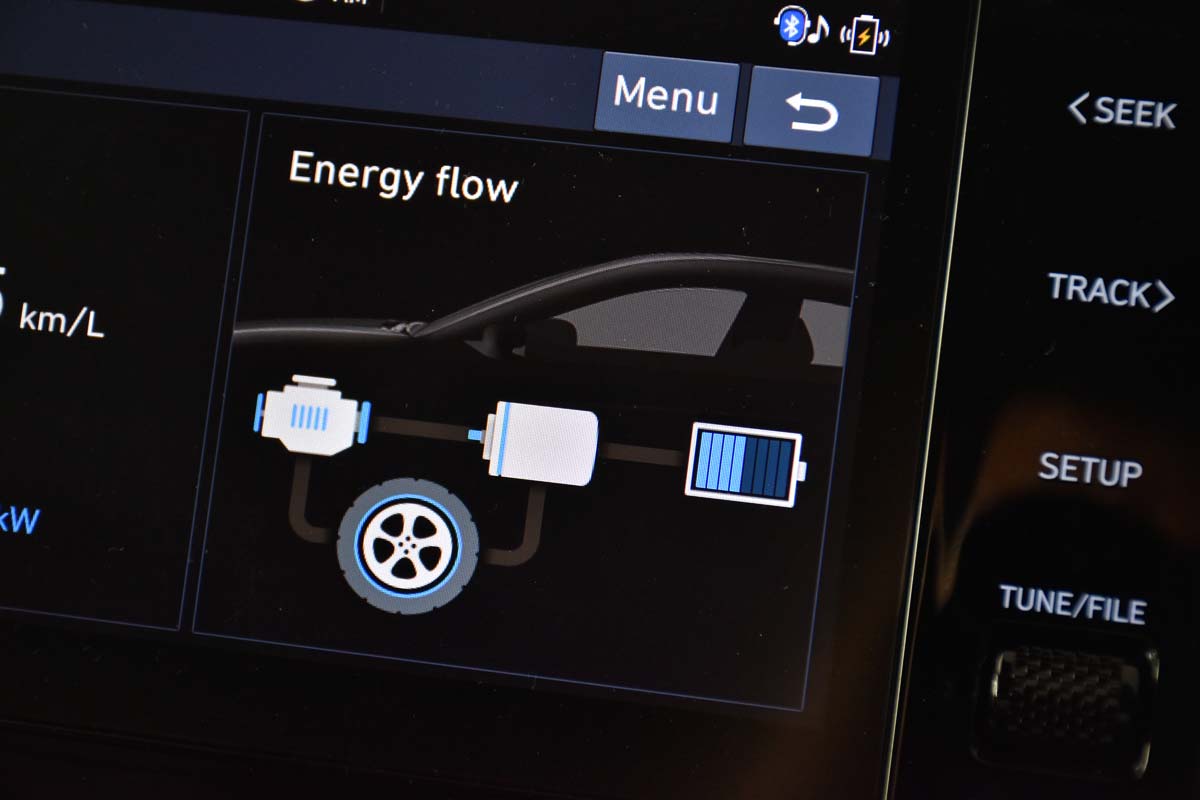
The electric motor and petrol engine balance of the hybrid system is very clever as well. When cruising along in adaptive cruise control mode, the car will automatically maintain electric drive for as long as it can. The engine typically turns on only when the batteries need recharging or when the car needs to accelerate uphill.
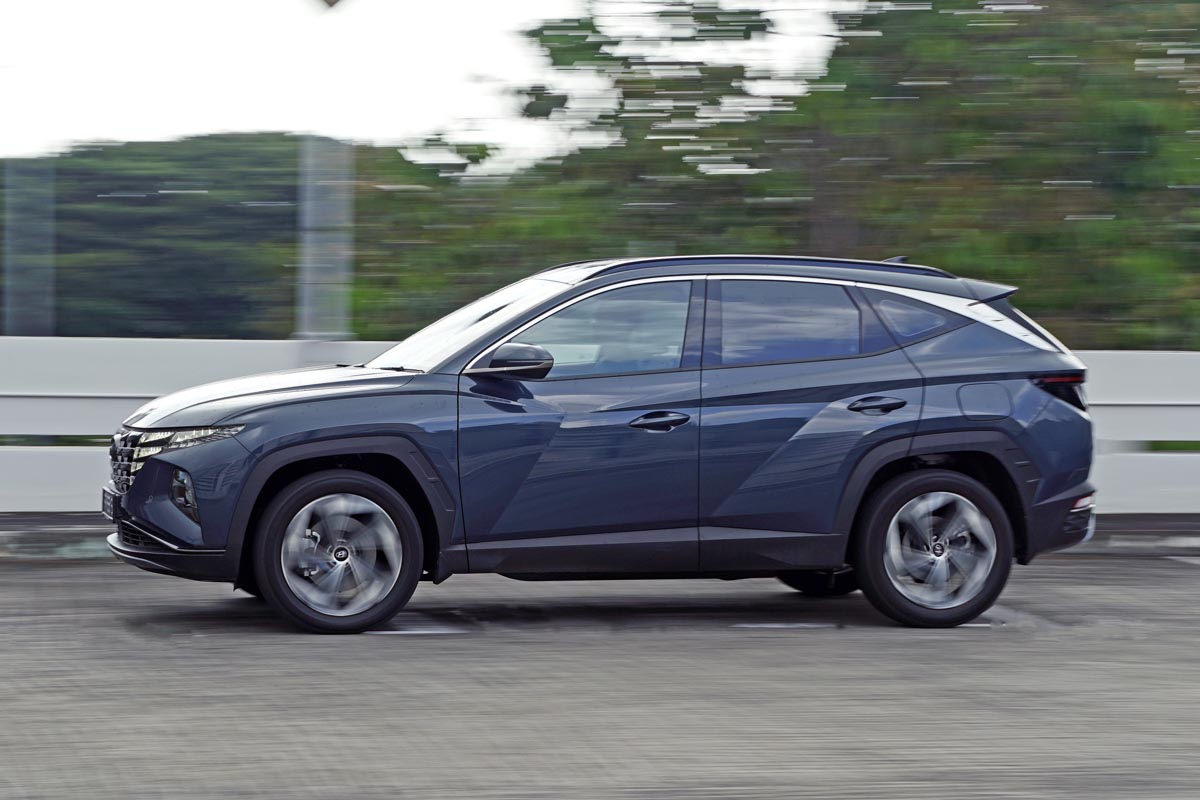
In regular commuting use, a fuel economy of 5.4l/100km is easily achievable. If you use the highways a lot, this can go down to 5.1l/100km. That’s around 900km of driving before the 54-litre fuel tank dips into the reserve zone.

The car also accelerates very quickly in the 60km/h to 100km/h zone, and together with the taut suspension it’s a car that can overtake lower traffic on the highway easily. Of course the instant power delivery of an all-electric car like a Mercedes-Benz EQC 400 is impossible to beat, but there’s no denying that this is a very punchy car with a combined power output of 230hp.
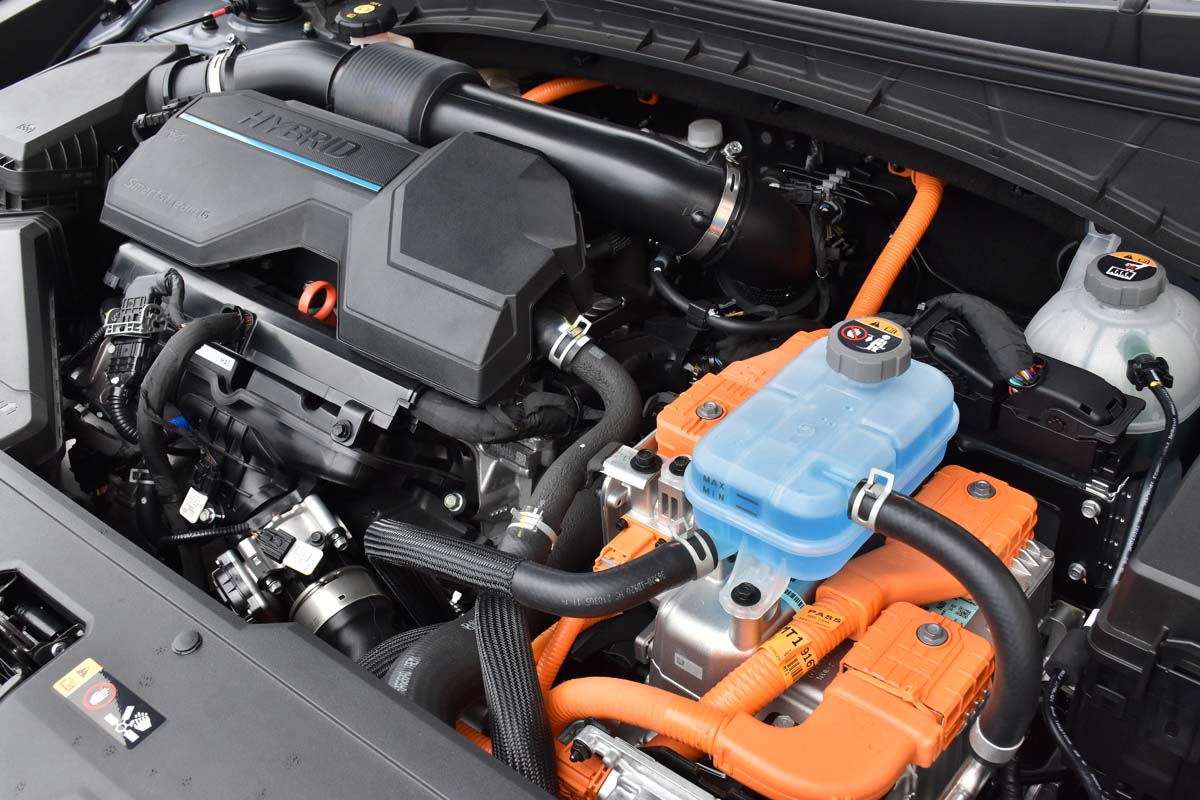
Conclusion

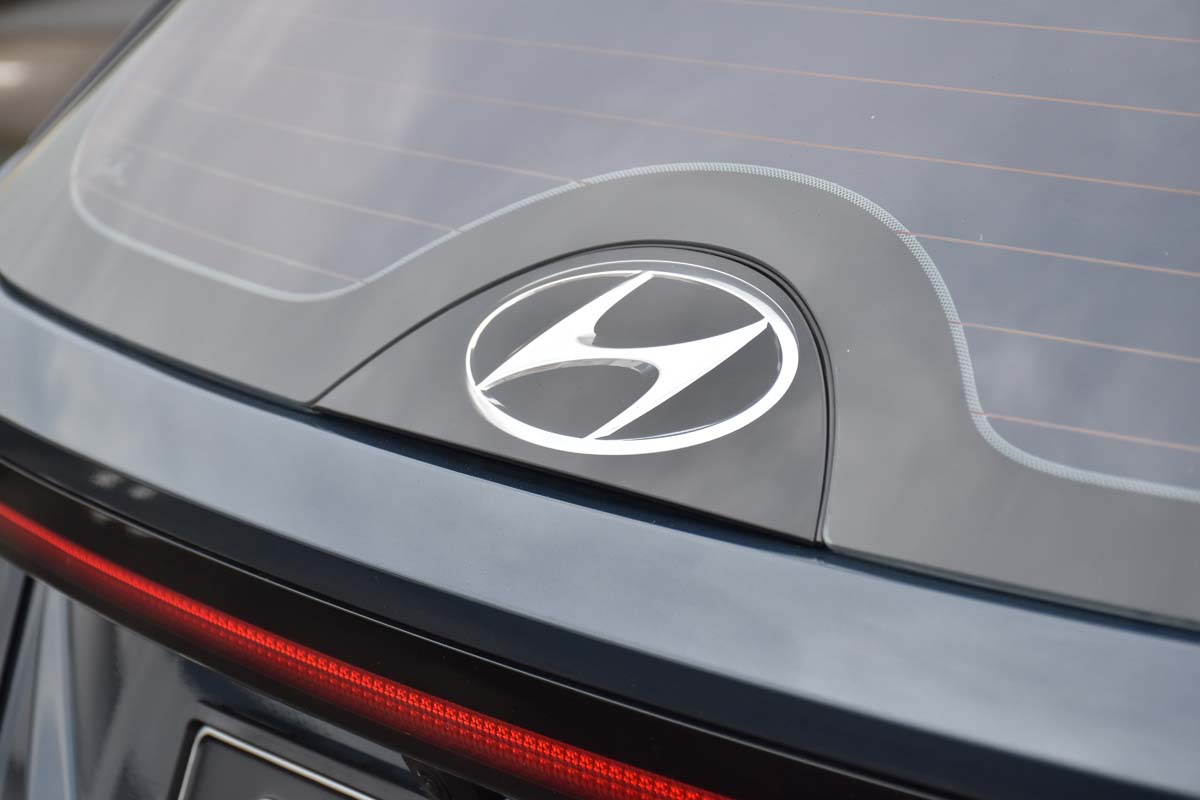
The Hyundai Tucson Hybrid does actually feel very posh and is a definite cut above the appliance car grade, with a lot of standard safety equipment and a good driving feel. It may not have the fancy mood lighting and graphics interface of some of the current crop of ‘trendier’ cars but the Tucson packs it where it counts.
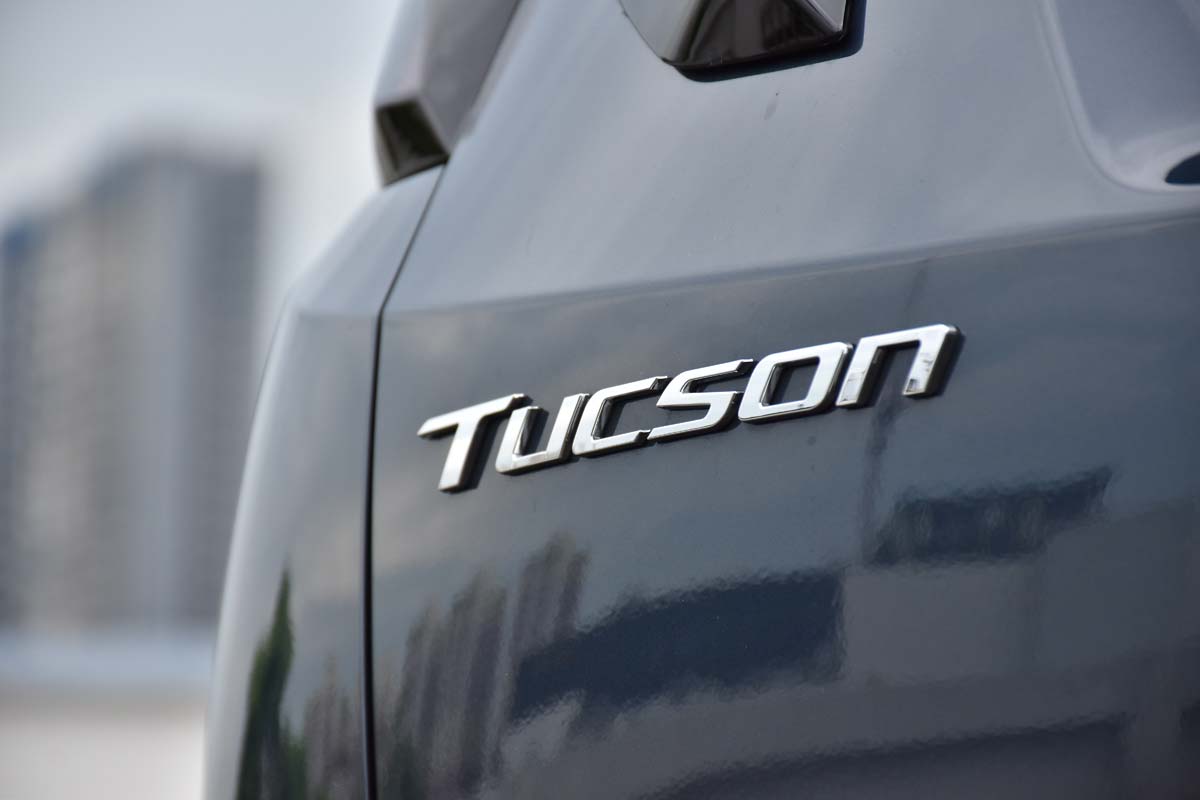
Photos: Lionel Kong & Derryn Wong
Explore the all-new Hyundai TUCSON Hybrid (also available in petrol)
